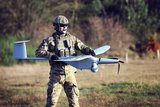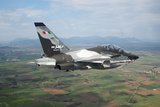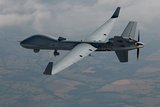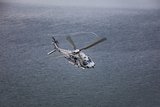Raytheon, an RTX company, has announced the successful completion of the flight test for a first-ever Artificial Intelligence/Machine Learning (AI/ML) powered Radar Warning Receiver (RWR) system for a fourth-generation aircraft.
According to Raytheon, the Cognitive Algorithm Development System (CADS) enables AI models to be integrated with the legacy RWR systems, in order for AI/ML processing at the sensor. The integration allowed CADS to use cognitive methods to sense, identify and prioritise threats.
With this CADS capability, the enhanced RWR will increase aircrew survivability and allow for mass deployment of AI/ML capabilities, the company added.
US Air Force AI-powered F-16 training jet takes the skies
Lockheed Martin to work with DARPA on AI effort
Cubic joins DARPA’s Air Combat Evolution programme for AI air combat
Fourth-generation aircraft, like the Lockheed Martin F-16 fighter, lack the sensors or computing power compared to fifth generation aircraft, making the radar a necessary and potential future upgrade.
“The advantages of AI in defence systems are extensive, and our recent CADS test demonstrates how commercially available products, paired with advanced algorithms and cognitive methods, can help the US and its allies outpace peer threats,” said Bryan Rosselli, president of advanced products and solutions at Raytheon.
The CADS hardware and radar processing capabilities were tested on a Raytheon flight test aircraft.
CADS also performed additional flights testing on an F-16 in December 2024. According to Raytheon it is expected to begin being procured across multiple fourth generation platforms from “early 2025”.





















